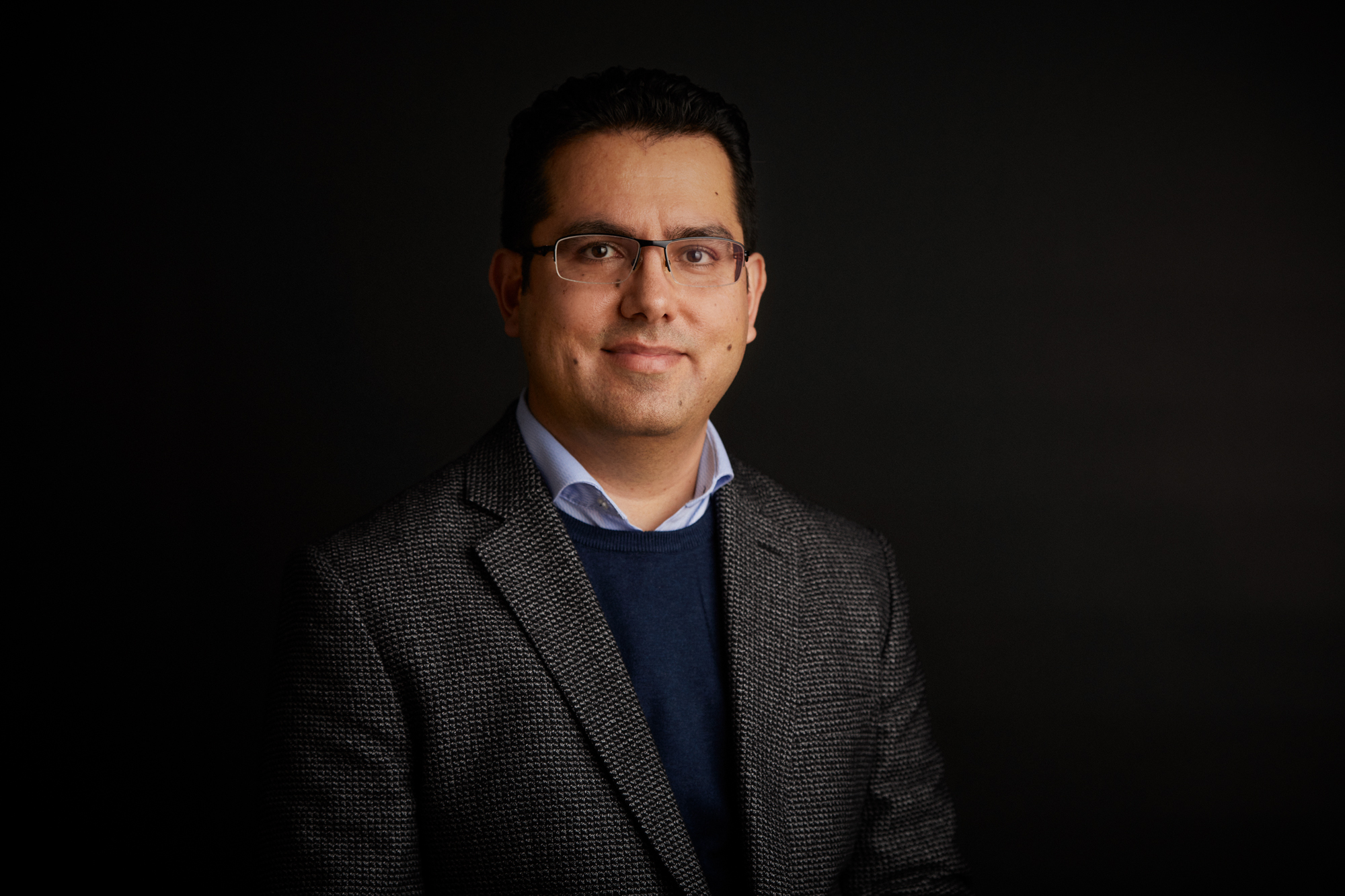Mahdi Abkar
Research leader

Project title
Physics-constrained Learning for Turbulent Flows (PLTF)
What is your project about?
Turbulent flows play a central role in many engineering systems. Have you ever wondered how we can design more productive wind farms, quieter aircrafts, and more reliable weather forecasts? Engineers and scientists have long sought to provide answers to such questions through various techniques. The most accurate approach is to use direct numerical simulation of turbulent flows, but it is prohibitively costly due to the need for resolving a wide range of scales in space and time. This has left the researchers with only one viable option to reduce the computational cost: Turbulence modeling. However, current models usually fail in capturing the real underlying physics and consequently to predict complex engineering flows, as they are built with several simplistic assumptions under idealized conditions. To overcome this long-standing shortcoming, PLTF proposes physics-constrained learning as a novel approach in developing cutting-edge turbulence models. The hypothesis is that the underlying physics, neglected in purely physics-based turbulence models, can be closely captured through data-driven models via prominent machine learning techniques.
How did you become interested in your particular field of research?
Turbulent flows are everywhere, from nature to engineering. Common examples include atmosphere and ocean currents, blood flow in arteries, respiratory airways in lungs, flow through turbines, ships, and pumps. Besides the tremendous applications associated with turbulence, it is where the beauty of mathematics emerges. I love to explore its limitless intricacies and immerse myself in research in this area. The inextricable connection between turbulence, physics, and mathematics brought me the satisfaction I sought in studying basic sciences. In addition, its wide range of applications allows me to serve society by contributing to engineering innovations and solutions.
What are the scientific challenges and perspectives in your project?
Due to the critical role of fluid mechanics in many engineering applications, any machine learning (ML) model and solution in this field should be interpretable and generalizable. This is the main challenge in the application of ML in fluid mechanics, which arises from the high dimensionality and nonlinearity associated with fluid flows. To address this, PLTF employs a physics-informed strategy, where physics-based constraints and knowledge are imposed within the learning process. The idea is by taking a physics-constrained ML approach, a trained ML model will acknowledge both the flow physics (which is interpretable and generalizable) and data (which is the reality).
What is your estimate of the impact, which your project may have to society in the long term?
PLTF is expected to advance the knowledge of data-driven and ML models in fluid mechanics and turbulence modeling. Considering the vast amount of data that we have access to today and the remarkable investment by industry on data-driven design and optimization, PLTF has the potential for transformative outcomes, including a novel framework and algorithms to perform fast-paced engineering design and decision making in both academia and industries.
Which impact do you expect the Sapere Aude programme will have on your career as a researcher?
My long-term career path is to consolidate my research group at the highest international level for conducting cutting-edge research in the area of fluid mechanics and, in particular, physics-based and data-driven modeling of turbulence. The prestigious Sapere Aude: DFF-Research Leader Grant will facilitate my way towards this goal and enable me to receive future national and international research funds. This grant will also strengthen my strategic collaborations with industrial and academic partners and provide me with new opportunities to contribute to the development of research talents in Denmark.
Background and personal life
I am originally from Iran, the city of Tehran. I did my BSc and MSc in Mechanical Engineering at Tehran Polytechnic. In 2010, I moved to Switzerland and obtained my PhD from the Swiss Federal Institute of Technology in Lausanne (EPFL), followed by a postdoctoral fellowship at the Center for Turbulence Research (CTR) at Stanford University. As of 2017, I hold an academic position at Aarhus University. In my free time, I like to read novels, watch movies, listen to music, and go for a walk/run in the nearby forest in Risskov.
View all research leaders here
Research institution
Aarhus University
Research field
Fluid Mechanics and Turbulence
City of your current residence
Aarhus
High school
H.A. Sanieifar (Tehran, Iran)
